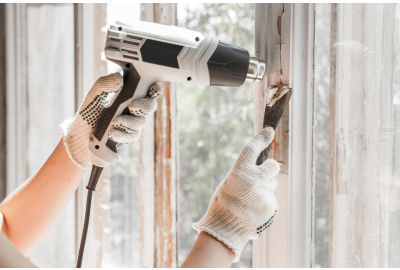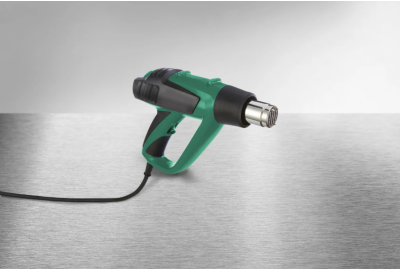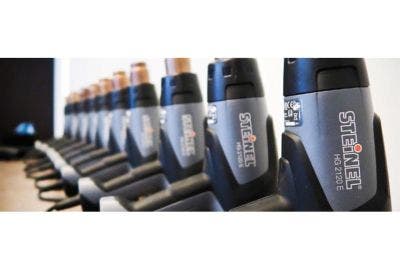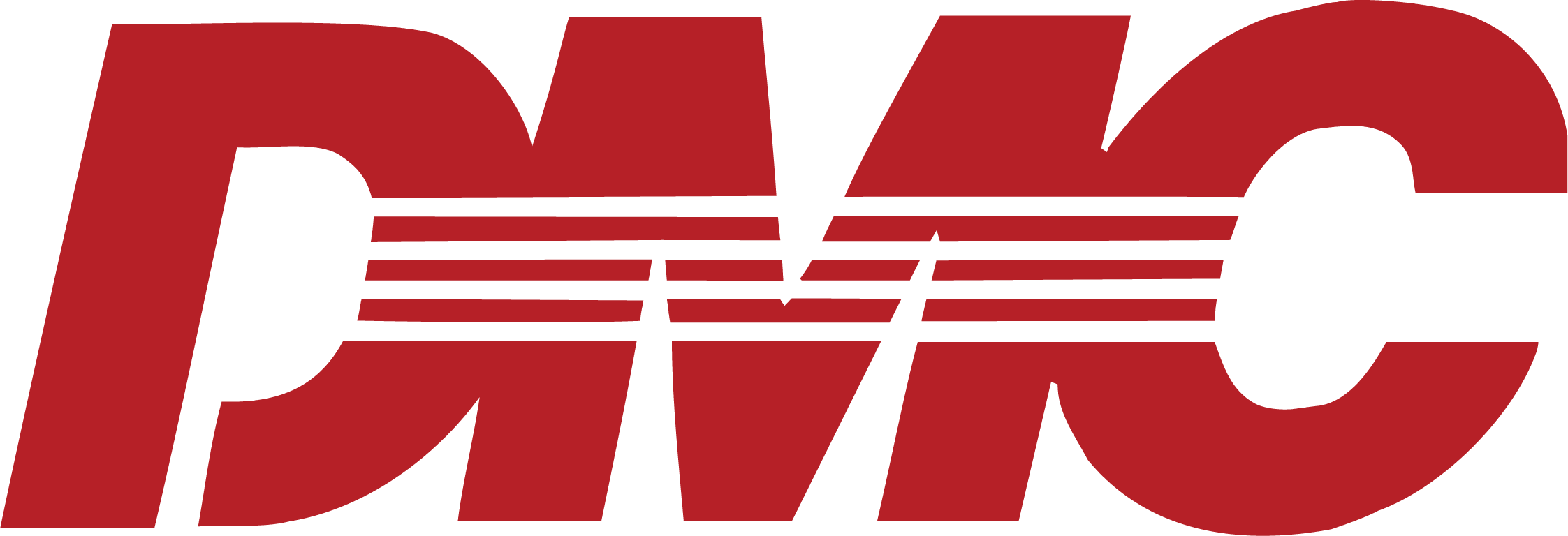When it comes to working with heat, selecting the right tool can significantly affect efficiency and safety. Two of the most commonly used heating tools in professional and industrial settings are blow torches and heat guns.
While they may seem similar at first glance, each tool has its own distinct features, making them suitable for specific tasks. Understanding the differences between these tools is useful for professionals who want to make sure they use the right equipment.
This article will help guide you through the key differences and offer practical advice on choosing the best tool for your needs.
What is a Blow Torch?

A blow torch is a portable tool that produces a high-temperature flame using fuel, making it ideal for a variety of industrial and professional tasks. Typically, a blow torch consists of three main components: a fuel canister, a nozzle and an ignition switch.
The canister usually contains gases like propane or butane, which are known for their high heat output and efficiency. Propane is often favoured for outdoor tasks due to its resistance to low temperatures, while butane is more commonly used in milder climates.
Blow torches are widely used in metalworking and plumbing for tasks such as soldering, brazing, and heating materials like metals and ceramics. Their portability and high heat output make them a popular choice for professionals who need reliable, professional blow torch use in demanding environments.
What is a Heat Gun?

A heat gun is an electric tool that emits a stream of hot air, making it a versatile option for many industrial and professional applications.
Heat guns are essential tools for tradespeople working on projects that demand precision without excessive heat.
Its basic design includes a heating element and a fan, which together generate and direct hot air towards the target area. Most heat guns offer adjustable temperature settings, allowing users to control the level of heat based on the task at hand. Heat guns can be powered by electricity or batteries, with electric models being the most common due to their consistent performance and availability.
Heat guns are available in different forms, ranging from compact models to heavy-duty industrial versions. They are widely used in tasks such as paint stripping, drying, and even bending plastics.
For professionals requiring a safer option for indoor work, heat gun applications are especially useful due to their lower heat output and greater control than blow torches.
Key Differences Between Blow Torches and Heat Guns

Although both blow torches and heat guns generate heat, they differ in output, power sources and precision.
Blow torches reach up to 2,000°C, making them ideal for high-heat tasks like metalworking and soldering. Heat guns, with a range of 100°C to 600°C, offer controlled, adjustable heat for jobs like paint stripping or shrinking tubing.
Blow torches run on gas (propane or butane), providing portability for outdoor use, while heat guns are electrically powered, making them more suited for indoor tasks.
The level of control is generally higher with heat guns, ideal for precision applications. When comparing a blow torch vs heat gun, each tool suits different tasks based on the heat and environment needed.
Common Uses for Blow Torches

Blow torches are powerful tools commonly used across a variety of industries, particularly for tasks that demand high heat and precise control. In metalworking, blow torches are employed for soldering and brazing, which involve joining metals by heating them until they melt and fuse. Similarly, plumbers frequently use blow torches to solder copper pipes, allowing for durable connections in plumbing systems.
Blow torches also find applications in roofing, where they are used to seal materials like bitumen in weatherproofing jobs. In the automotive industry, they are often used to loosen rusted bolts or heat-shrink certain components. When working with materials such as metals and ceramics, blow torches provide the intense heat needed to manipulate these substances effectively.
In industries that rely on industrial heating tools, blow torches remain a go-to option for tasks requiring high temperatures and portability.
Common Uses for Heat Guns

Heat guns are versatile tools used in a range of professional applications where controlled heat is needed. In the construction and home improvement sectors, they are often employed for tasks like stripping paint, drying surfaces, and bending plastics. Their adjustable temperature settings make them ideal for working with materials that require careful handling, such as soft plastics or delicate surfaces.
In electrical work, heat guns are commonly used for shrinking tubing around cables, thawing frozen pipes and even drying out damp electrical components. They also play a key role in packaging, where they are used to shrink wrap or film around products for secure transport.
When safety and precision are priorities, safety in using heating tools like heat guns becomes useful for the user, as they offer greater control than blow torches, making them a preferable choice for indoor work or tasks involving sensitive materials.
Pros and Cons of Blow Torches

Pros
Blow torches provide extremely high heat, reaching up to 2,000°C, ideal for tasks like soldering and brazing. Their portability makes them useful for outdoor or remote locations without electricity. Additionally, blow torches are fuel-efficient, allowing long periods of use without frequent refills.
Cons
Safety is a major concern, especially in confined or indoor spaces, due to the open flame. Over time, fuel costs can add up, particularly for large projects. Blow torches are also less versatile for tasks requiring controlled, lower heat, limiting their suitability for some applications.
Pros and Cons of Heat Guns

Pros
Heat guns offer adjustable temperatures, making them versatile for lower-heat tasks such as paint stripping. They are safer for indoor use since they don’t produce an open flame. Their versatility extends across industries, from electrical work to packaging.
Cons
With a maximum heat output of around 600°C, heat guns aren’t suitable for tasks requiring high temperatures, like metalworking. Dependence on electricity can limit portability, and the absence of a flame reduces effectiveness in situations needing rapid, concentrated heat.
Choosing the Right Tool for Your Needs

Choosing between a blow torch and a heat gun depends on your task, material, and working environment. For high-temperature tasks like soldering or brazing metals, a blow torch offers the necessary heat output and portability. In contrast, heat guns are better suited for precision work, such as paint stripping or thawing frozen pipes, where controlled, lower temperatures are ideal.
Professionals should evaluate heat control, safety, and portability when selecting a tool. For outdoor tasks requiring intense heat, a blow torch is preferable. For indoor projects or those needing precise, lower heat, a heat gun is the better choice.
The right choice comes down to the task at hand, the environment, and the level of heat required.
If you’re unsure which tool is best for your next project, feel free to contact us for expert advice and recommendations.























